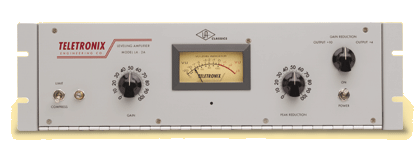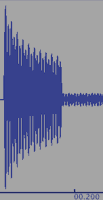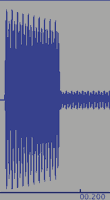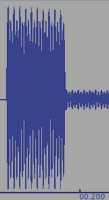The T4 has a special place in my heart. When I first came to work for UA, my first assignment was building a batch of T4s. It felt warming to know I was building from scratch the item that made the LA-2A sound like it does. When I left the production team, it was the thing I missed the most.
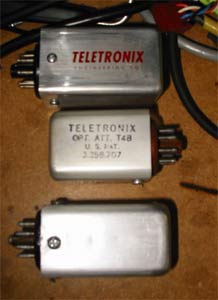 |
|
From top to bottom:
New T4, T4B, T4A.
|
Last month's issue focused on the unique "el-op" design of the LA-2A and the unique release characteristics that design brings. Let's dig in a little more. Regarding the 1999 reissue of the LA-2A, the Universal Audio team went to great lengths to get the reissue to work and sound like the original. One of the greatest challenges was the T4.
"These photo resistors don't respond like the typical "cad" cells used in other el-op compressors. We spent a long time getting this right for the reissue."
Like the original T4, the current T4's "active ingredients" are an electro-luminescent panel and custom-made cadmium-sulfide photo resistors. These photo resistors don't respond like the typical "cad" cells used in other el-op compressors. We spent a long time getting this right for the reissue. It involved locating the special equipment originally used to manufacture these back in the '60s, retraining and re-qualifying the manufacturer, and working with both modern device physicists and people who developed the originals. UA was actually able to track down some of the old-timers who worked with UA back in the day and talk to them directly about what they remembered regarding the manufacturing process.
All the off-the-shelf cad cells made today are designed to be as fast as possible, but these don't have the right multi-stage response they need to sound like an LA-2A. It's the special manufacturing process we use that gives them their authentic quality.
The cad cells used in the original LA-2A design just happened to have the "right" response. Call it serendipity, or making the best with what you have to work with, but just why this was so wasn't completely understood until we did the research to model them for the UAD-1. Our research helped us understand how the T4 actually worked at the quantum physics level, and this not only allowed us to develop an accurate DSP model, it also helped us with our manufacturer in getting more consistent results with our custom photo resistors.
The LA-2A's photo-resistor qualifies how long the release will be. As we discussed last month, depending on how hard the signal hits the T4, the brighter the light panel gets; The brighter the light gets, the harder it hits the photo resistor. You can actually "train" the unit's response characteristics by pre-rolling material for a minute or two, essentially saturating the photo resistor.
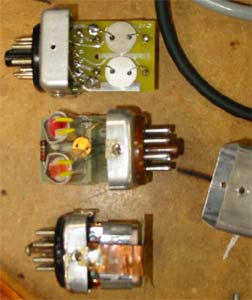 |
|
From top to bottom:
New T4, T4B, T4A.
|
The luminescent panel affects the attack. Similar to the "training" of the LA-2A to get specific release results, sometimes it is necessary to what I call, "prime" the LA-2A for the attack. This is especially handy with instruments that have fast transients. I have had sessions where I need to ask the bass player to trigger the compressor sometime during the count-off of a song to make sure his first note's transient doesn't sneak by too aggressively. So whether you're "training" the release or "priming" the attack, essentially you're doing that same thing--Activating theT4.
T4 Shootout
Dr. Berners and I did a "shootout" of T4 modules. We compared a late T4A, an early T4B, and our current T4. The T4A was the original T4 module found on the first revisions of LA-2As. The T4B was a later design, which had a shorter canister. This was later found in the LA-3A compressor. At some point in the revision history, a third but smaller photo resistor started showing up in the T4 cell starting somewhere later with the T4A, and was part of the Gain Reduction meter.
There is a phenomenon we call "panel aging" that effects the attack time, release and the threshold of the LA-2A. It seems to be more specifically related to actual use, rather than just age in years. With panel aging, the most noticeable difference is in threshold; the more "aged" the unit, the greater the amount of Peak Reduction will need to be applied.
Obviously our oldest T4 was our T4A, but it seems the T4B saw more use. As you can see, with "age"(panel use), the attack characteristics are affected particularly with the short initial transient.
